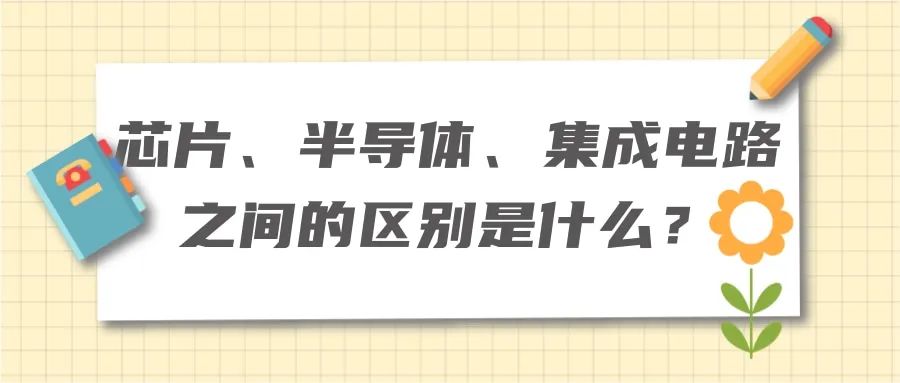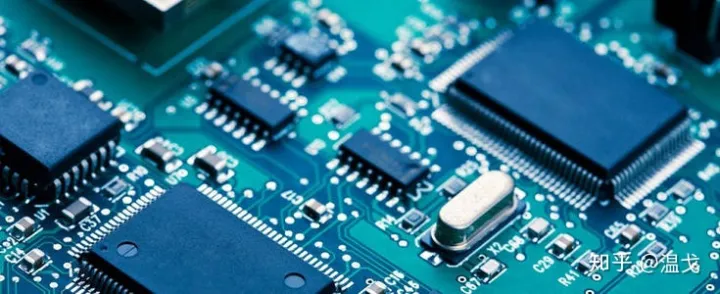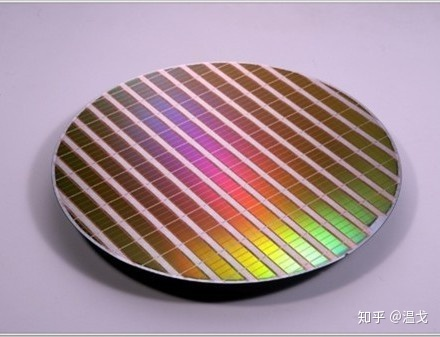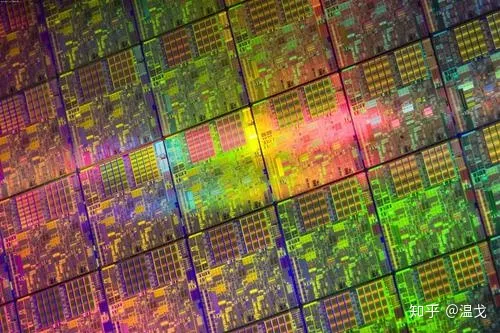
What Are the Differences Between Chips, Semiconductors, and Integrated Circuits?
This question is something that many people who understand hardware are quite familiar with. Let’s take a look at the analyses from a few respondents to get more acquainted.
01
The first respondent is from Zhihu: Hetzer Manning
A semiconductor is a general term for a class of materials. An integrated circuit is a large collection of circuits made from semiconductor materials, while a chip is a product formed by different types of integrated circuits or a single type of integrated circuit.
To correspond to everyday items that everyone can understand, semiconductors are like various fibers used to make paper, integrated circuits are like a stack of paper, and chips are like a book or notebook.
Currently, the semiconductor industry is striving to improve in three main ways:
1. Finding new fibers to create better reading materials.
2. Using existing paper-making technologies to make paper cheaper, whiter, and thinner.
3. Using color printing, coated paper, etc., in books or notebooks to enhance the user experience.
02
The second respondent is from Zhihu: Shi Daxiaosheng
As a professional in the chip (integrated circuit) field, I am a semiconductor equipment salesperson.
This question is perfect for me, as I always introduce myself with a sentence that includes these three keywords.
A semiconductor refers to materials whose conductivity is between that of conductors and insulators at room temperature. Common semiconductor materials include silicon, germanium, and gallium arsenide, with silicon being the most influential in various semiconductor applications.
Compared to conductors and insulators, the discovery of semiconductor materials is the latest, recognized by academia only after the 1930s when purification technologies improved.
Semiconductors mainly consist of four components: integrated circuits, optoelectronic devices, discrete devices, and sensors. Since integrated circuits account for over 80% of the devices, semiconductors and integrated circuits are typically considered equivalent.
Integrated circuits can integrate both analog and digital circuits onto a single chip, creating devices such as analog-to-digital converters and digital-to-analog converters. This type of circuit provides smaller sizes and lower costs.
Usually, when we refer to chips, we mean the small black boxes that we can see, which are all packaged, as shown in the image:

Chip
Inside the black box is the die, as shown in the image. Each small square represents a die:

The die is the integrated circuit, engraved by a photolithography machine:

In summary, we can consider semiconductors > integrated circuits = chips.
03
The third respondent is a hardware enthusiast
1. What is a chip?
A chip, also known as a microcircuit, microchip, or integrated circuit (IC), refers to a silicon wafer that contains integrated circuits. It is very small and is often part of a computer or other electronic devices. A chip is a general term for semiconductor component products and is the carrier of integrated circuits, formed by dividing a wafer.
2. What is a semiconductor?
A semiconductor refers to materials whose conductivity is between conductors and insulators at room temperature. For example, diodes are devices made from semiconductors. Semiconductors are materials whose conductivity can be controlled, ranging from insulators to conductors. From both technological and economic development perspectives, the importance of semiconductors is immense. Most electronic products today, such as computers, mobile phones, or digital recorders, have core units closely related to semiconductors. Common semiconductor materials include silicon, germanium, and gallium arsenide, with silicon being the most influential in commercial applications. Materials exist in various forms, including solids, liquids, gases, and plasmas. We typically refer to materials with poor conductivity, such as coal, artificial crystals, amber, and ceramics, as insulators. In contrast, metals like gold, silver, copper, iron, tin, and aluminum are referred to as conductors. We can simply call materials that are between conductors and insulators semiconductors.
3. What is an integrated circuit?
An integrated circuit (IC) is a type of microelectronic device or component. It uses specific processes to connect the necessary transistors, resistors, capacitors, and inductors in a circuit, fabricating them on a small piece or several small pieces of semiconductor wafers or dielectric substrates, and then packaging them in a casing to form a microstructure with the required circuit function. All components are structurally integrated, marking a significant step towards miniaturization, low power consumption, intelligence, and high reliability of electronic components. It is represented by the letter